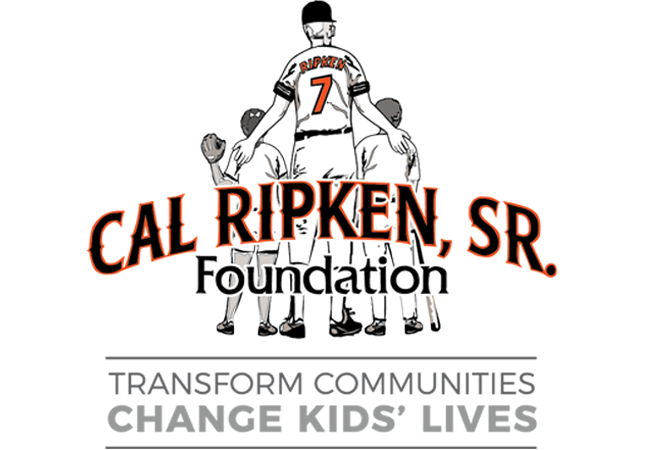Coaches, mentors, and parents, today is October 9, 2014. The first day of fall was two weeks ago, September 23rd. The weather is getting colder and the days are getting shorter. This is the time of year when the only people left playing baseball or softball are the MLB professionals in the hunt for a championship. Just like the previous fall and winter; all the other baseball and softball players have put away their gloves, bats, helmets, and even their skill set to only be used again once spring has arrived. Most gyms will not allow the throwing and hitting of baseballs or softballs inside, so short of going to indoor batting cages or finding an indoor baseball/softball facility, practicing baseball or softball in the fall and winter is not always possible.
Rather than your children going 5-6 months without taking a swing or throwing a ball, use Quickball to keep your children’s baseball or softball skills progressing. Quickball is a fun, fast version of baseball or softball. Quickball uses foam balls which you hit with a plastic bat. Since the balls are hardened foam and you are using a plastic bat, there is no danger involved with playing inside, unlike using baseball, softballs, and normal bats. While Quickball is a fun and goofy game to play, you should know that Quickball can also be used as a training tool. Quickball allows children to practice the fundamentals of baseball and softball during the colder months when they are forced indoors.
Today, I will go over one kind of practice that can help your children work on their hitting. The exercise can be done in a gym with only a Quickball set.
Materials Needed:
Quickball set with...
- 2 buckets(1 with 32 Quickballs & 1 empty)
- 5 signs
- 2 bats
- 4 bases
- 1 backstop

Set up: Take a look at our Classroom video for how to set up your Quickball field.
*Make sure to have the Quickball field completely set up before the children arrive.
1. Quick warm-up: 3-7 minutes
a. Have the children take a couple laps around the gym to get their heart rate up.
b. Do some basic stretches to gets the legs, core, and shoulders warmed up.
2. The first thing you should do is talk to your children about how we swing a bat.
a. Things to hit on are…
i. Grip
ii. Stance
iii. Swing
iv. Finish
*You can find more hitting tips in Cal Ripken, Sr. Baseball Manual on the Materials Page.
3. Hitting (Batting Practice): 30 minutes
a. Say you have 25 children at practice. Create 5 groups of 5 and then number them 1-5 (these will be your hittin groups and will go in order 1-5)
b. Each group will have 6 minutes to hit
i. Since there are 32 balls in a bucket, each batter will get 6 swings. After their 6th swing, the batter will first drop the bat and then run to 1st, 2nd, 3rd, and hop back in line. Once the bat is dropped, the next person in line can come up for their pitches.
ii. This continues until the 6 minutes are up.
iii. Batters can hit as many times as possible in those 6 minutes.
c. While group 1 is hitting, group 2 can get water and watch from the side. The other 3 groups should be in the field collecting the batted balls and placing them in their bucket
d. When group 2 begins hitting, group 3 can get water and watch from the side. All other groups will be in the field collecting the batted balls. This rotation continues until all groups have hit.
*Coach/Mentor has 1 bucket with balls in it and the children have an empty bucket where they place all the batted balls.
*When the coach’s bucket is getting low on balls, the coach should call for a fielder to bring in their bucket and dump the balls back in the coach’s bucket, so there is no break in batting practice.
*The fielders can work on other skills like fielding, catching, and throwing while they are on the field during batting practice.

Tips:
- Coach/Mentor should always be the one pitching.
- Begin pitching underhand, tossing the ball with as little arc as possible.
- If children are hitting the ball with ease, toss the ball a little faster or add a little more arc.
- As they continue to get better, challenge the hitters by tossing inside, outside, high and low.
- If they can’t miss the ball and play baseball, begin tossing overhand to simulate a real pitch.
- For softball players, just toss harder, but still use the underhand motion.
For more information on Quickball, including different types of games, please check out our Materials page.
